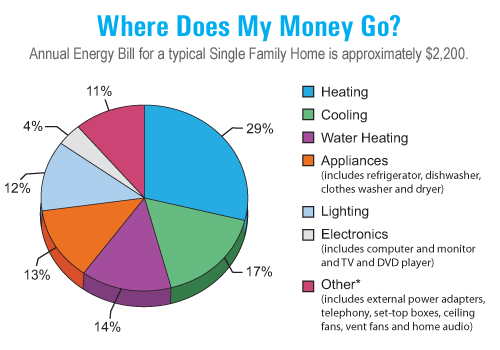The way cap and trade is supposed to work, the carbon dioxide production of a company is capped and any surplus of carbon dioxide production is offset with a funding of a green initiative that reduces carbon dioxide production by an equal amount. Likewise, if the company implements carbon reduction technology, they can sell carbon credits and may even be able to get the improvement funded through a grant from a more serious producer, or from a carbon exchange.
So far, the United Nations plays the role as defined by Kyoto of determining which developing world green initiative qualifies for participation in the cap and trade system.
In the United States, most people don't calculate their carbon footprint, and don't consider taxing themselves as a penalty for not being green. It's actually kind of unfair, since a recent Brookings Institute report that Los Angeles is the second greenest city in America, beaten for the top spot by Honolulu. Trust me, the pleasant weather in these two cities is the greatest green advantage they offer. A car produces far less CO2 than a home furnace, which of course, is required for every northerly city and village, but not used very often in LA or at all in Honolulu.
Nevertheless, I worked on a ROI calculator for a client of mine today, and realized that the calculation of carbon production can be converted to $. I used the carboncatalog.org index for the average price per metric tonne of Carbon Dioxide. This I used in the ROI calculator to position the carbon dioxide avoided as an 'carbon offset avoided' item. As of July 15, 2008 the offset was only $0.0060 per pound of Carbon Dioxide.
Similarly, I was pleased with how I overcame the usual 'cost of productivity' factor too. Usually the average wage of employees is multiplied by the hours saved by the new process as a 'productivity charge.' Unfortunately, as you might in a factory where you implement timesaving procedures and can actually reduce labor content of a process, in collaboration technologies you're not going to layoff the people you've just made more productive. Instead, more productive sales and executives ought to be able to drive more sales, so the effective calculation is to multiple the hours saved by the average revenue per employee, and thereby estimate the incremental revenue created by the investment in more productive collaboration technologies. Of course, you add up an estimate of the travel expense avoided, and the carbon offset avoided to create the complete benefit budget.
Other than the application above, I can't see people really getting excited about taxing themselves for their sinful high carbon lifestyles which are more a factor of where you live than what you do while you live there. Although, being Catholic I know that guilt is one powerful motivator…










